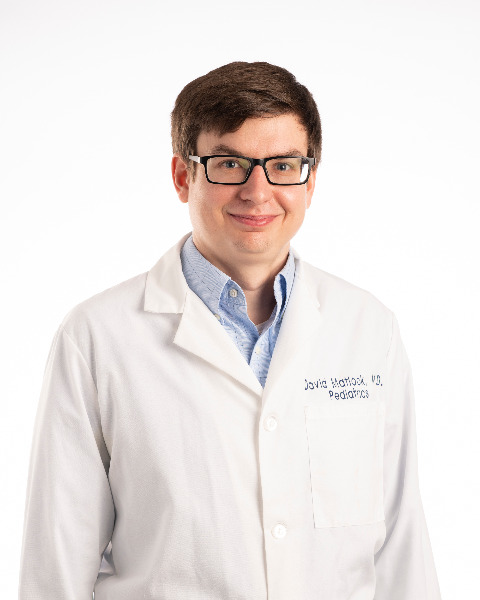Neonatal Pulmonology
Neonatal Pulmonology 3: BPD Clinical and Translational
275 - Improving Care and Continuity for Patients with Bronchopulmonary Dysplasia by the Implementation of Multidisciplinary Rounds and Guidelines
Publication Number: 275.341

David N. Matlock, Jr., MD
Assistant Professor
University of Arkansas for Medical Sciences
Little Rock, Arkansas, United States
Presenting Author(s)
Background: Bronchopulmonary dysplasia (BPD) is chronic lung dysfunction in premature infants, the most frequent complication of prematurity, and increasing in prevalence due to improved survival rates among premature infants. The care of an infant with severe BPD necessitates collaboration among a large group. To improve consistency and continuity for patients with severe BPD, a multidisciplinary team began meeting weekly to discuss select patients and guidelines were implemented to standardize care.
Objective: “BPD Rounds” implementation will improve providers' perception regarding a well-coordinated long-term plan from 13% by 30% over 2 years.
Design/Methods:
Following discussion and presentation in May 2019, a pre-intervention survey was conducted. In December 2019, “BPD Rounds” began as an “in-person” meeting. Participation in “BPD Rounds” includes neonatologists, hospitalists, pulmonologists, nurse practitioners, palliative care providers, social workers, nurses, respiratory therapists, trainees at all levels, and others from the collaborating delivery and referral hospitals. “BPD Rounds” transitioned to a virtual platform in April 2020. A post-intervention survey was conducted after transitioning to the online platform. In June 2020, “BPD Guidelines” were developed and distributed, and the meetings became accredited for continuing education credits. In August 2020, brief patient updates were included via e-mail, and a 3rd survey was administered in April 2021. Figure 1 illustrates the primary objective and drivers of change used to design the interventions demonstrated in the Plan-Do-Study-Act (PDSA) cycle diagram.
The primary outcome consisted of the percentage of providers responding “agree” or “strongly agree” regarding a well-coordinated long-term plan for patients with severe BPD. Figure 2 represents the survey instrument used to evaluate provider perceptions. Secondary outcomes included additional responses and “BPD Rounds" attendance. The implementation of “BPD Rounds” resulted in an improvement in continuity, multidisciplinary communication, and inclusion of learners. “BPD Rounds” attendance improved over time.
Results: As illustrated in figure 2, the percentage of positive responses to question 1 improved from 13% to 81% following PDSA cycles 1-3, implementation of weekly “BPD Rounds” and transition to the online platform. There was further improvement in positive responses to question 1 to 89% following PDSA cycles 4-8. Secondary outcomes reflected improvements in all other survey responses and attendance (figure 3).
Conclusion(s): .jpg)
.jpg)
.jpg)
